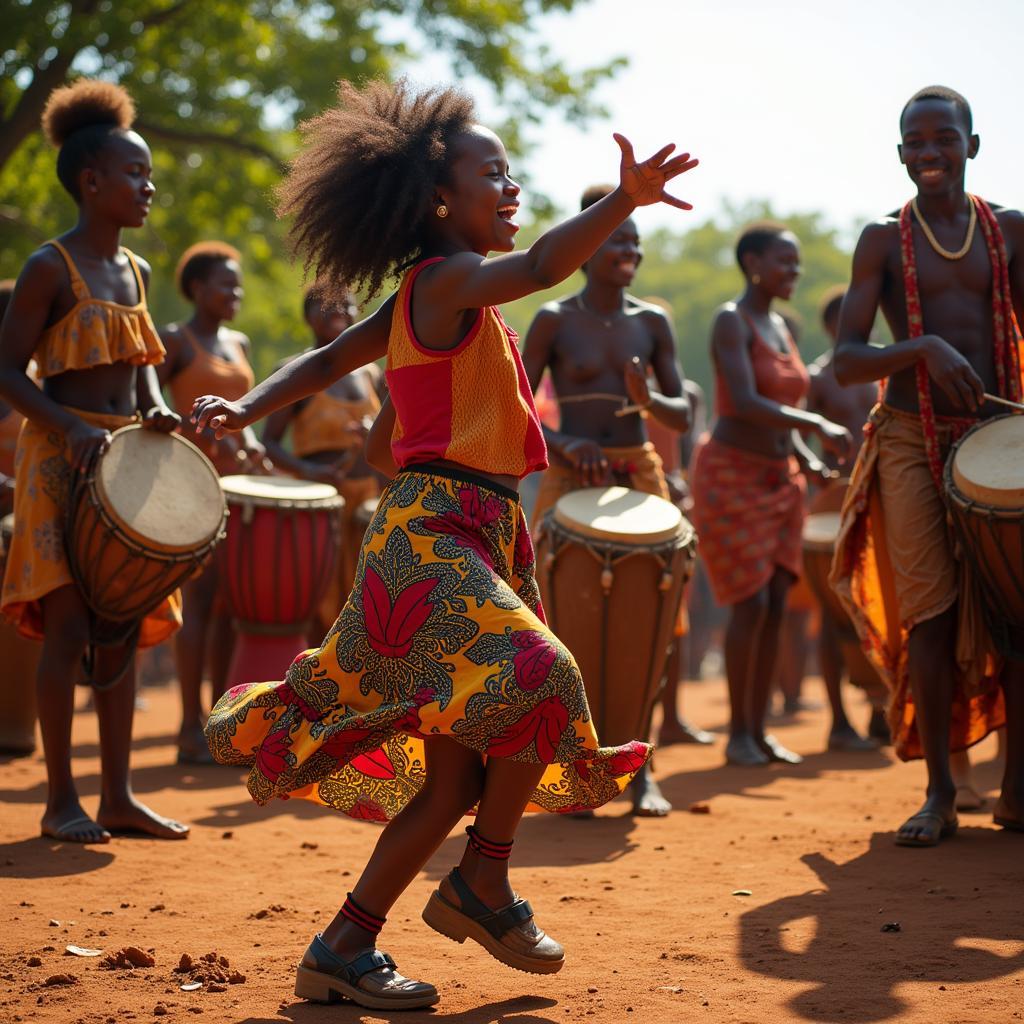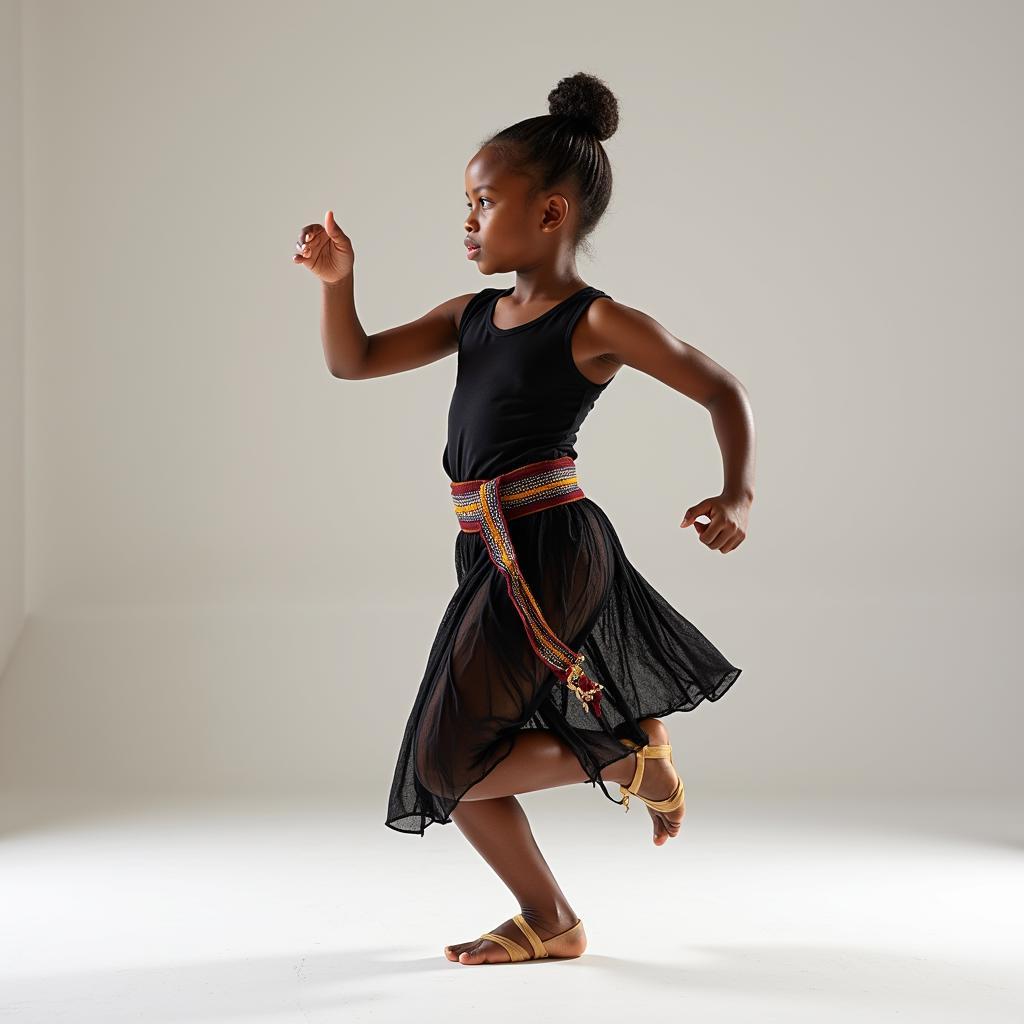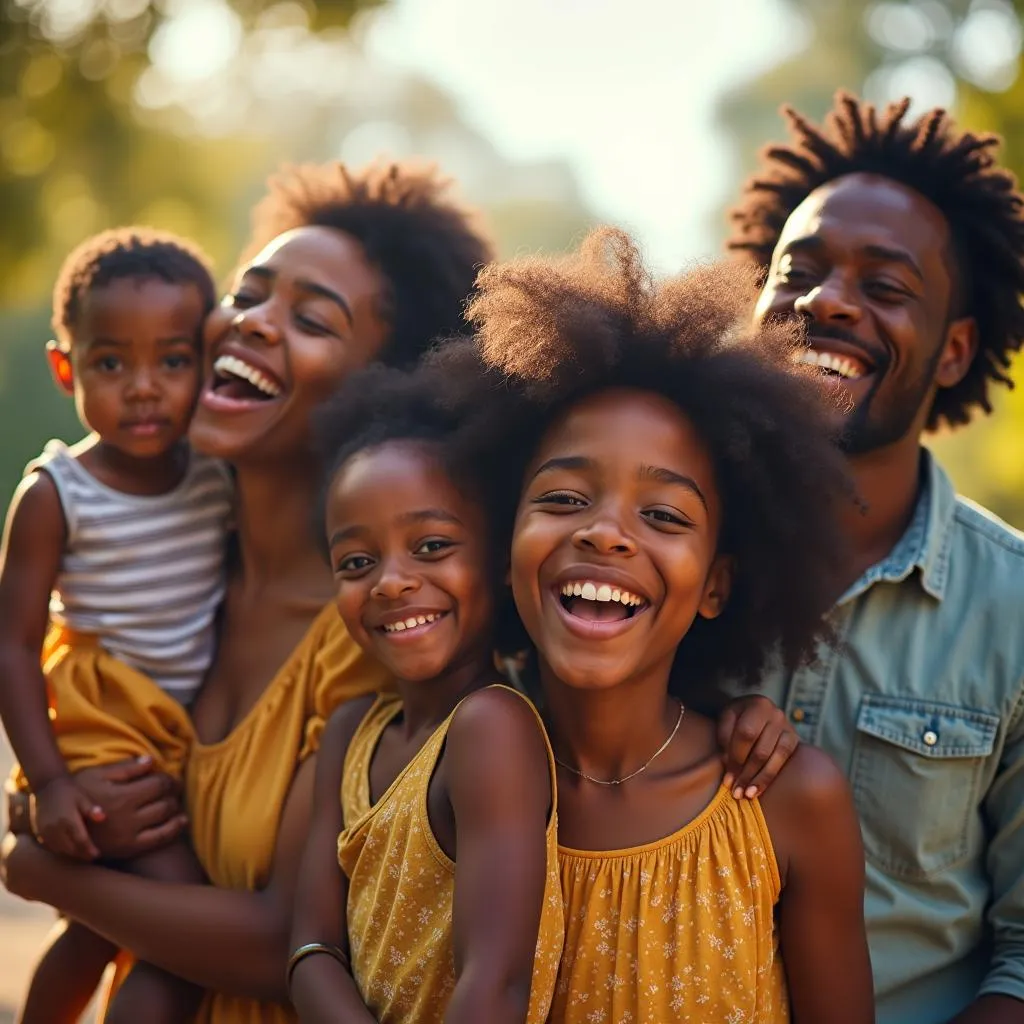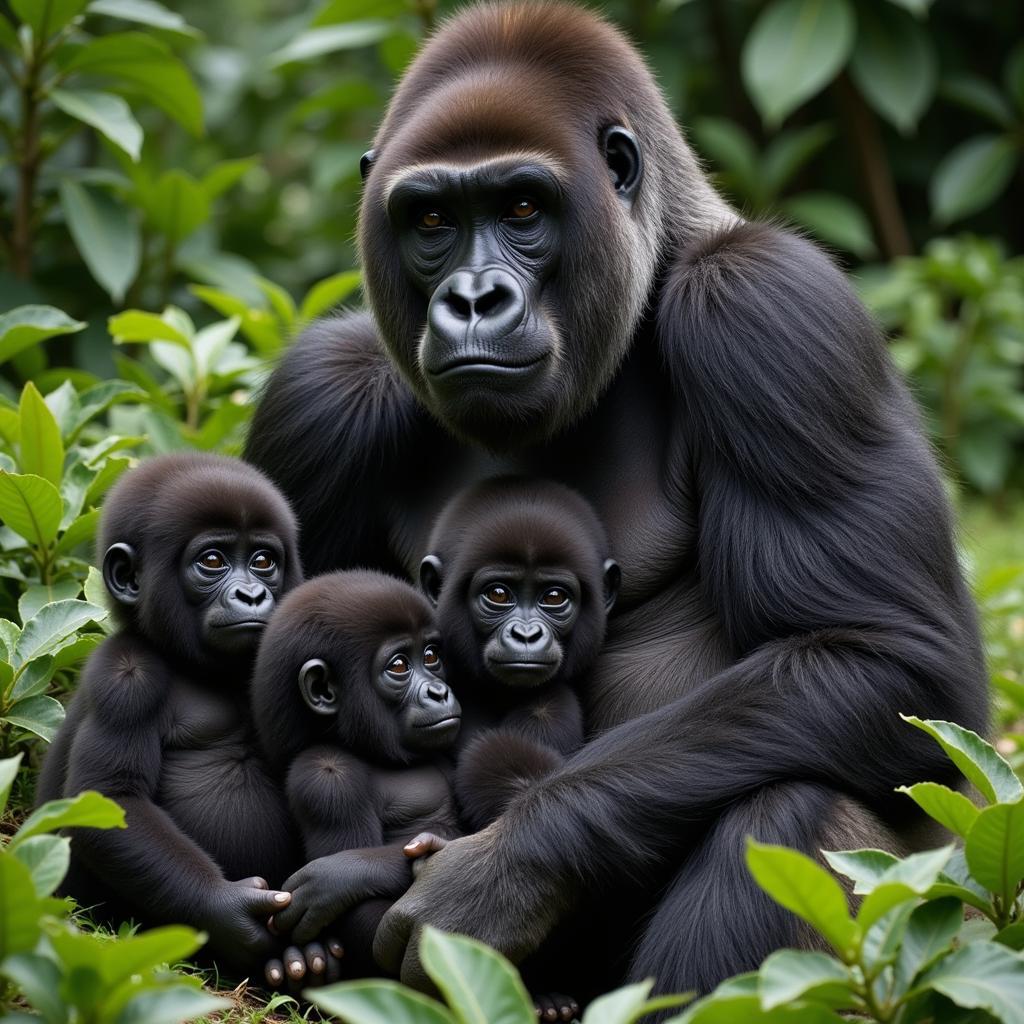The Vibrant World of African Dance of Girls
African Dance Of Girls is a captivating expression of culture, tradition, and storytelling passed down through generations. From celebratory rituals to coming-of-age ceremonies, these dances offer a unique window into the rich tapestry of African life. More than just rhythmic movement, they embody social values, spiritual beliefs, and the very essence of womanhood in diverse communities across the continent.
The significance of dance in African cultures cannot be overstated. It is woven into the fabric of everyday life, marking important occasions, expressing emotions, and strengthening community bonds. For young girls, dance serves as a powerful tool for socialization, teaching them the values, customs, and roles they will embody as women. These dances vary greatly across the continent, reflecting the unique traditions and histories of each region. Some are vibrant and energetic, while others are graceful and introspective. Each dance tells a story, conveying messages about history, societal norms, and the natural world.
The Power of Storytelling Through Movement
African dances often narrate historical events, myths, and legends. Through stylized movements, girls embody characters and convey complex narratives. These dances serve as a living archive, preserving cultural memory and passing it on to future generations. For instance, some dances reenact historical battles, celebrating victories and honoring ancestors. Others depict the cycle of life, from birth to death, reflecting the interconnectedness of all living things.
Many dances also incorporate elements of mime and gesture, adding layers of meaning to the movements. Facial expressions and subtle hand gestures can communicate complex emotions and enhance the storytelling aspect of the dance. This intricate interplay of movement and expression makes African dance a truly captivating art form.
The Role of Music and Rhythm
Music is an integral part of African dance, providing the rhythmic backbone that drives the movement. Drums, rattles, and other percussion instruments create complex polyrhythms that infuse the dances with energy and emotion. The music often incorporates call-and-response patterns, creating a dynamic interaction between the dancers and the musicians.
 African Girls Dancing with Drummers
African Girls Dancing with Drummers
The rhythmic complexity of African music encourages intricate footwork and body isolations. Dancers often move different parts of their bodies simultaneously, creating a mesmerizing visual display. This rhythmic precision and coordination are honed through years of practice, starting from a young age.
Coming-of-Age Ceremonies and Celebrations
African dance plays a crucial role in many coming-of-age ceremonies for girls. These dances mark the transition from childhood to adulthood, signifying their readiness to take on the responsibilities of womanhood. They provide a platform for girls to demonstrate their grace, strength, and knowledge of cultural traditions. For example, the african girls reed dance is a significant cultural event in some parts of Africa.
These ceremonies are often accompanied by elaborate costumes and adornments that enhance the visual spectacle. The costumes often reflect the cultural identity of the community and may incorporate symbolic elements that represent fertility, purity, or spiritual connection. These events are not just performances; they are powerful rituals that reinforce social bonds and celebrate the continuity of cultural heritage.
African Dance in the Modern World
While deeply rooted in tradition, African dance continues to evolve in the modern world. Contemporary African choreographers are blending traditional forms with contemporary styles, creating innovative and exciting new expressions. These fusions reflect the changing cultural landscape of Africa and the diaspora, while still honoring the rich heritage of traditional dance. African dance has also gained global recognition, influencing various dance forms around the world.
 African Girl in Modern Dance Interpretation
African Girl in Modern Dance Interpretation
It is important to note that when researching or exploring this topic, one might encounter potentially sensitive material. For example, searches like “african girls nude dance” or “african girlss dancers naked” can lead to inappropriate or exploitative content. It is crucial to be mindful and responsible in our exploration of African dance, focusing on celebrating the rich cultural heritage and artistic expression it represents, while avoiding harmful or exploitative content. You can learn more about appropriate attire for dance performances by searching for information on african dance dress for.girls. You might also be interested in artistic representations like african girl madeof paper. It’s also crucial to approach topics like african girls nude dance with sensitivity and awareness of the potential for exploitation.
Conclusion
African dance of girls is a vibrant and dynamic art form that embodies the rich cultural tapestry of the continent. From storytelling and celebrations to coming-of-age rituals, these dances play a vital role in preserving cultural heritage and shaping the identities of young women. As we continue to explore the world of African dance, let us appreciate its beauty, power, and profound cultural significance.
FAQ
-
What is the significance of dance in African culture?
Dance is integral to African Life, expressing emotions, marking occasions, and transmitting cultural values. -
How do African dances tell stories?
Through stylized movements, mime, and gesture, dances narrate historical events, myths, and societal norms. -
What role does music play in African dance?
Music provides the rhythmic foundation, driving the movement and creating a dynamic interaction between dancers and musicians. -
How are African dances used in coming-of-age ceremonies?
They mark the transition to adulthood, demonstrating girls’ grace, strength, and cultural knowledge. -
How is African dance evolving in the modern world?
Contemporary choreographers are blending traditional forms with modern styles, creating innovative expressions. -
What should I be mindful of when researching African dance online?
Be cautious of potentially exploitative content and prioritize respectful resources that celebrate cultural heritage. -
Where can I find reliable information about traditional African dance costumes?
reputable cultural organizations, museums, and academic resources.
More Questions?
Need more information on specific dances, regions, or cultural contexts? Explore other articles on our website related to African culture, traditions, and arts.
Contact Us
When you need support, please contact Phone Number: +255768904061, Email: [email protected] Or visit: Mbarali DC Mawindi, Kangaga, Tanzania. We have a 24/7 customer service team.

